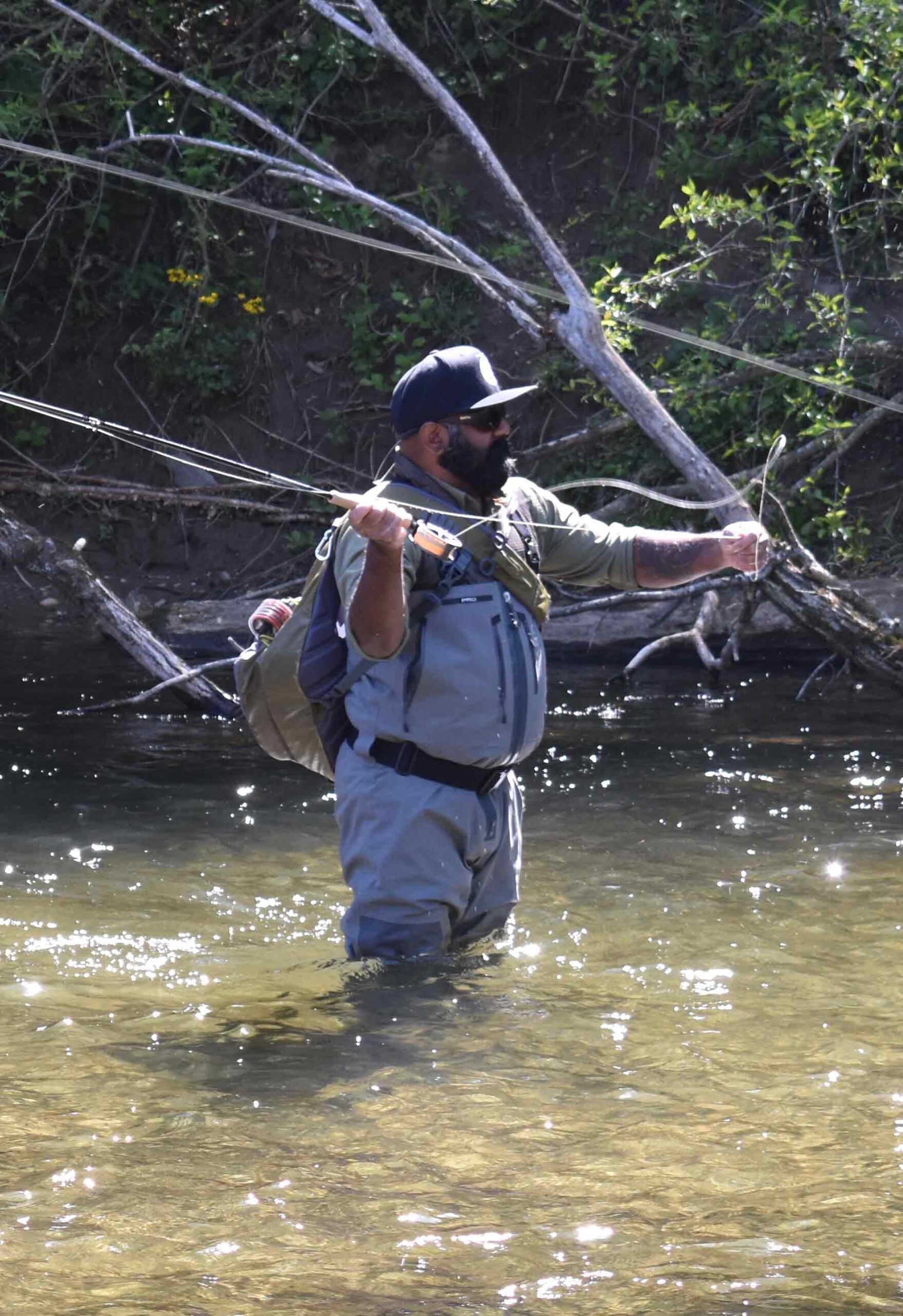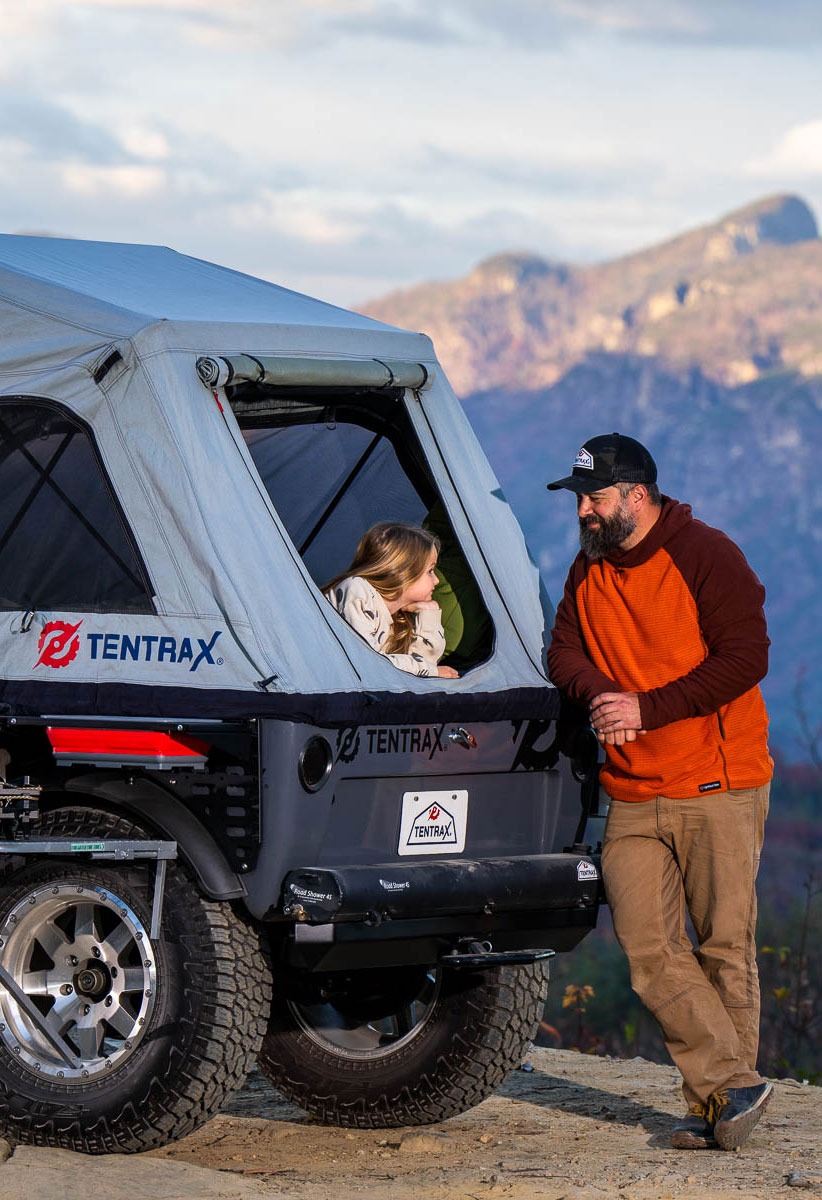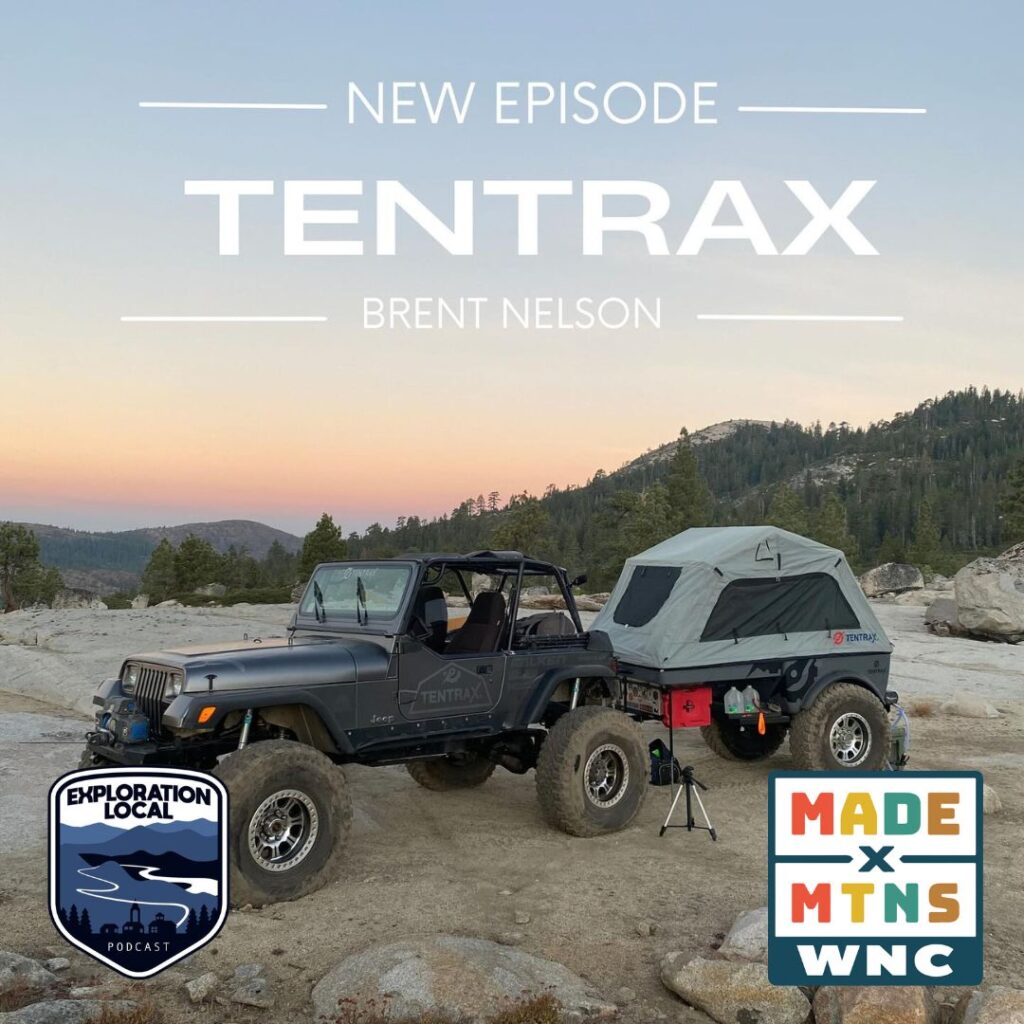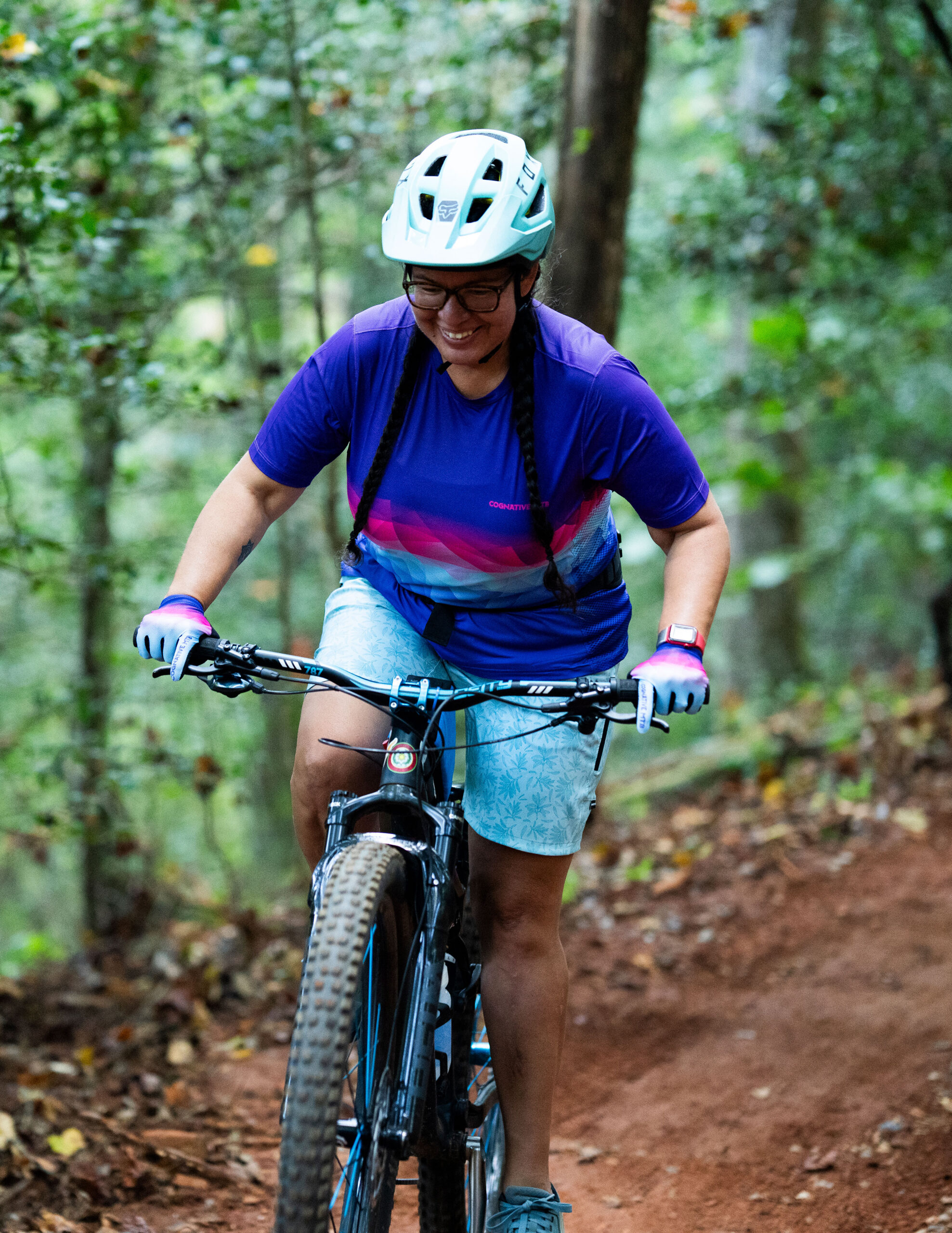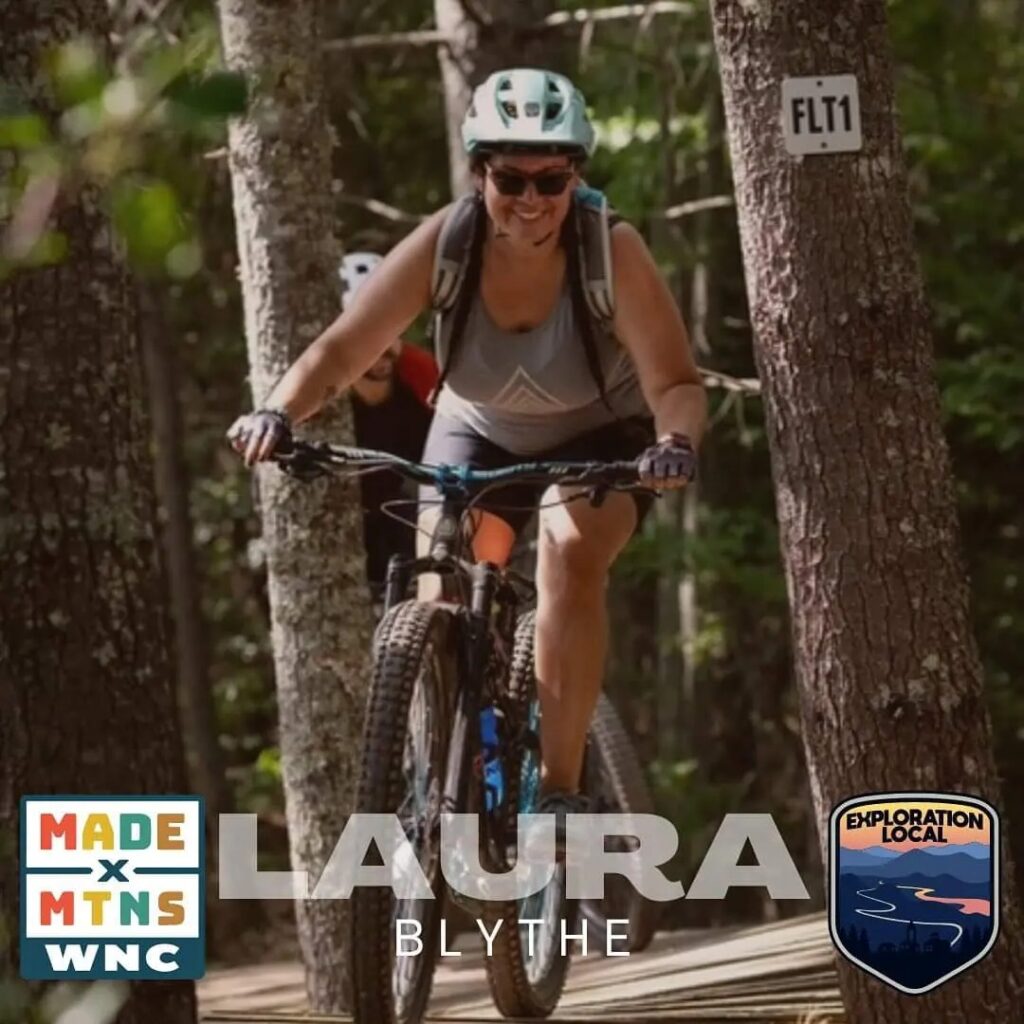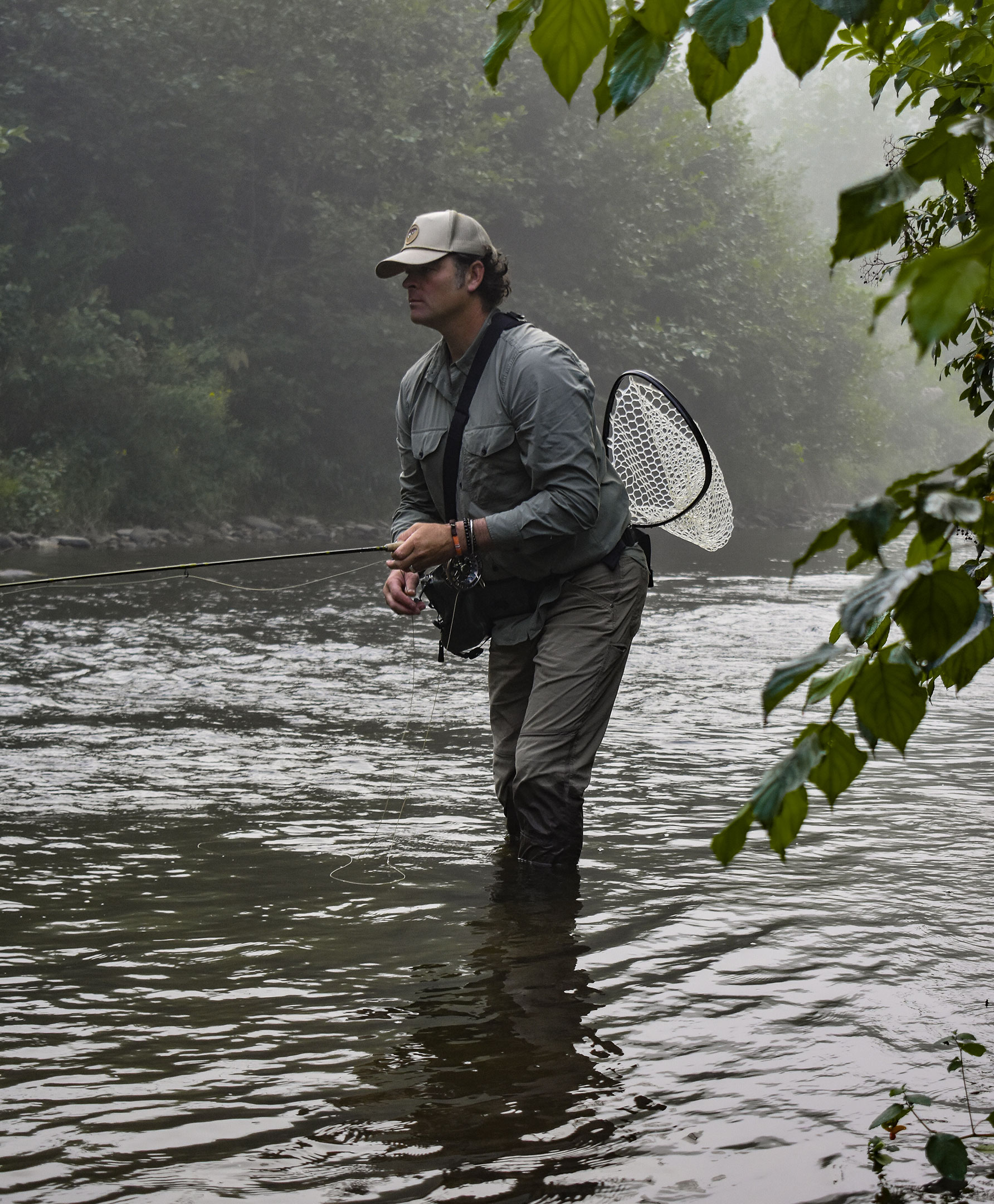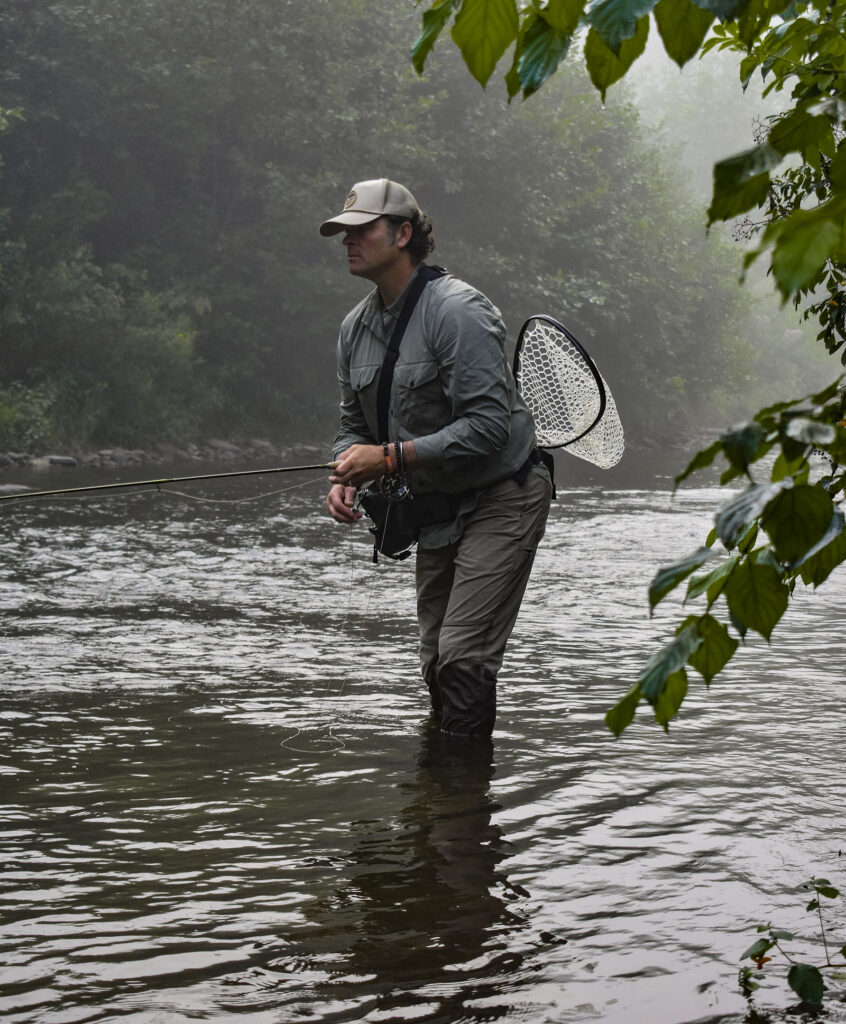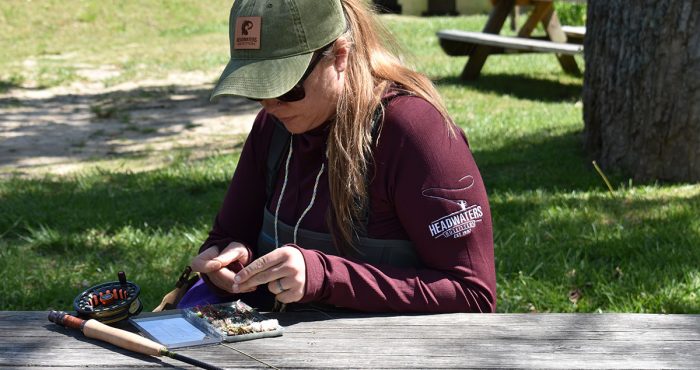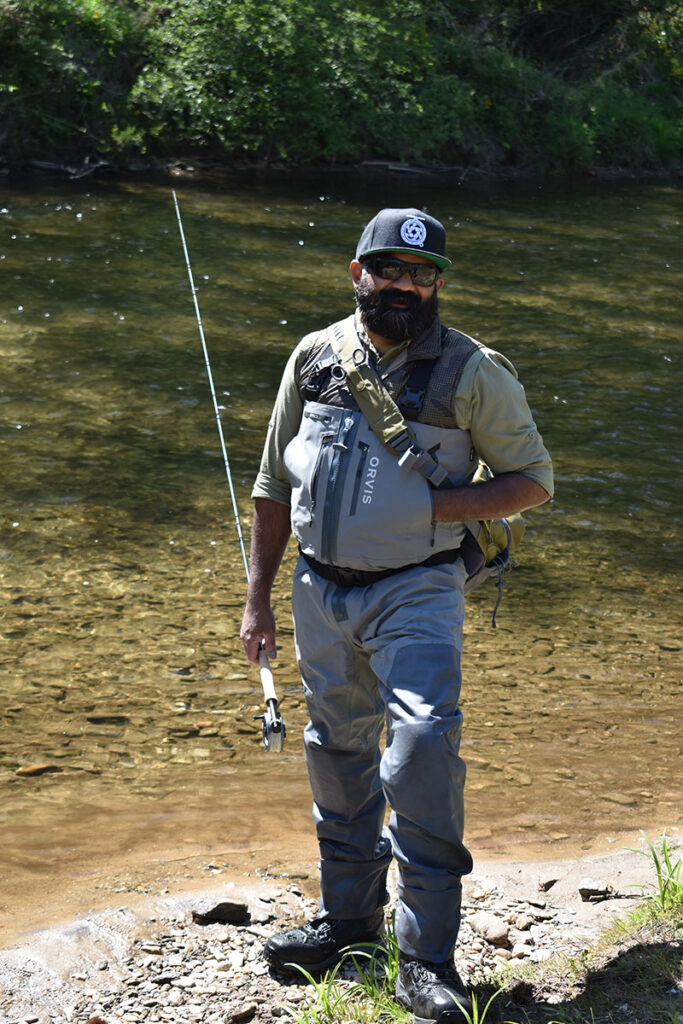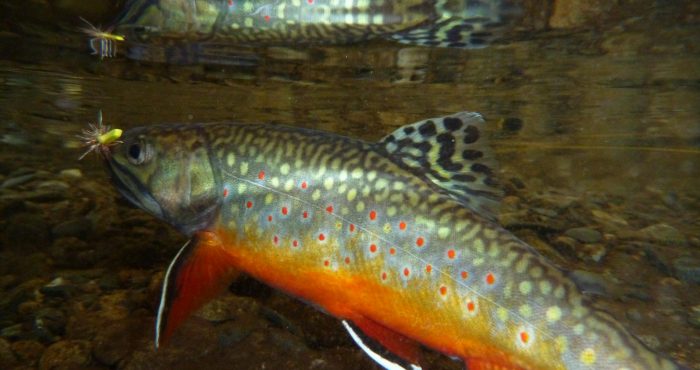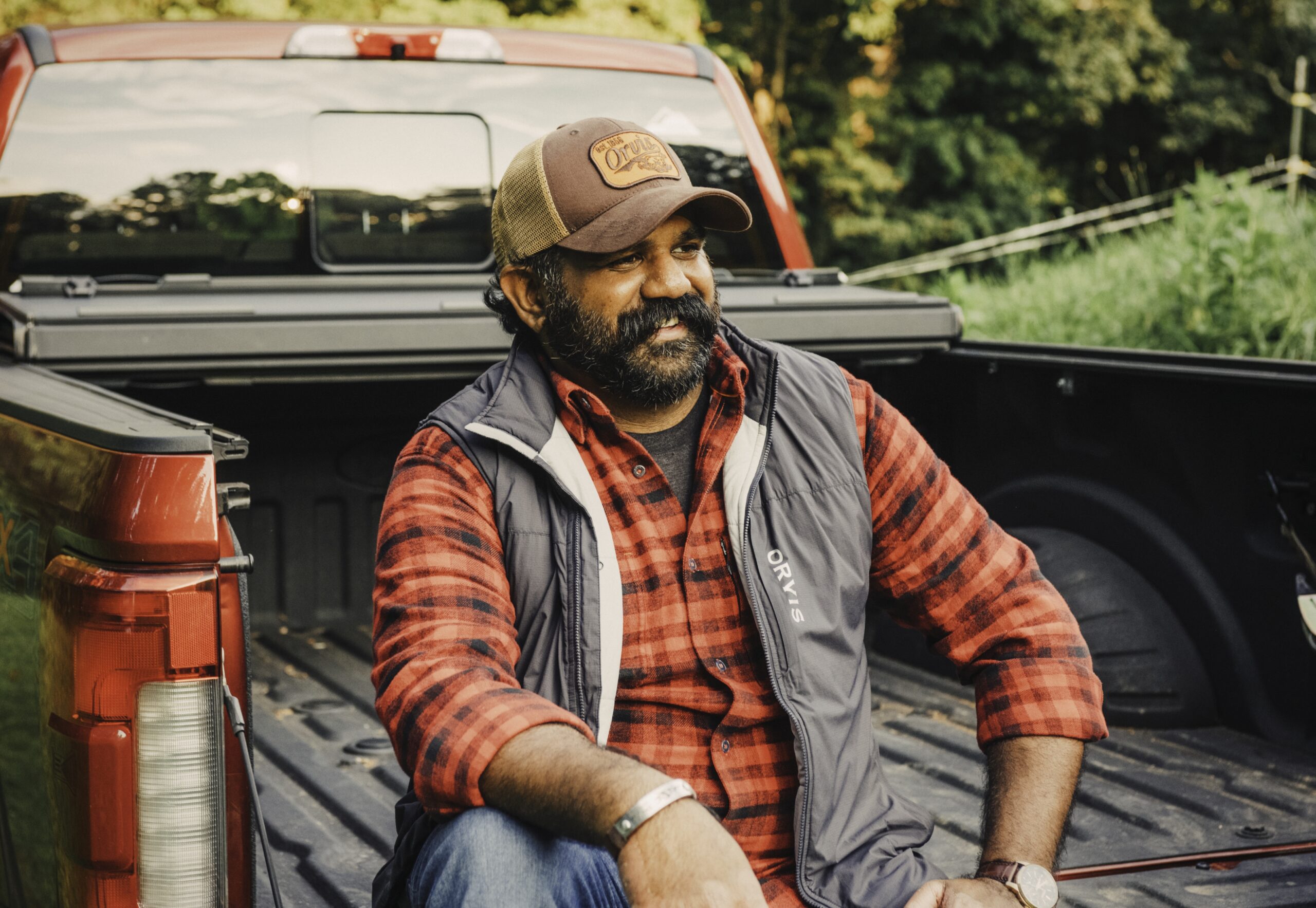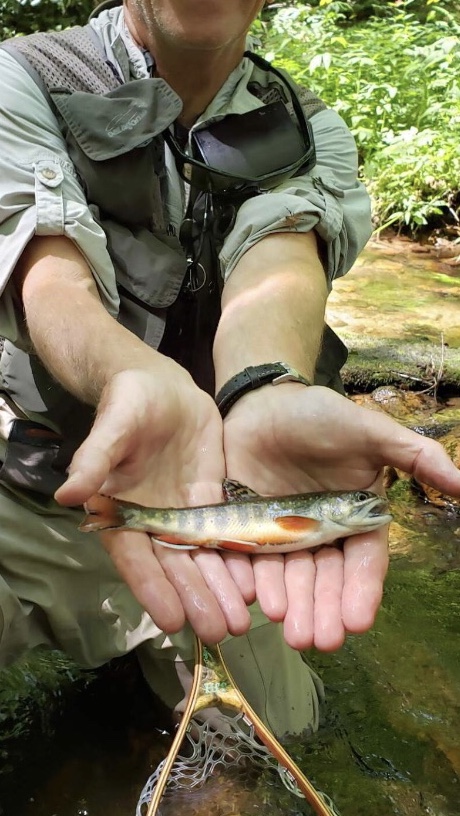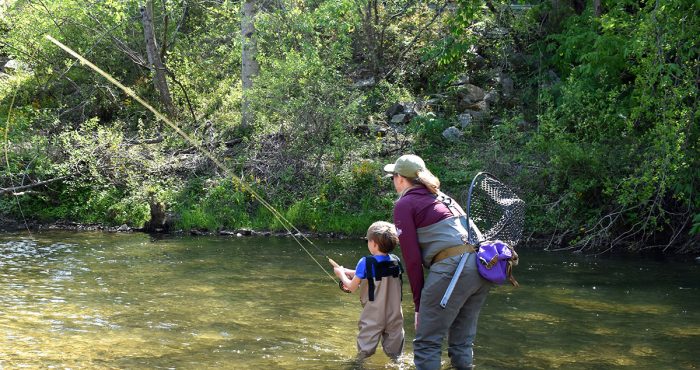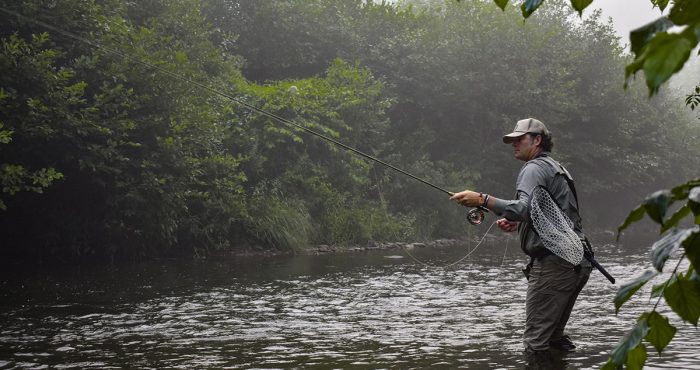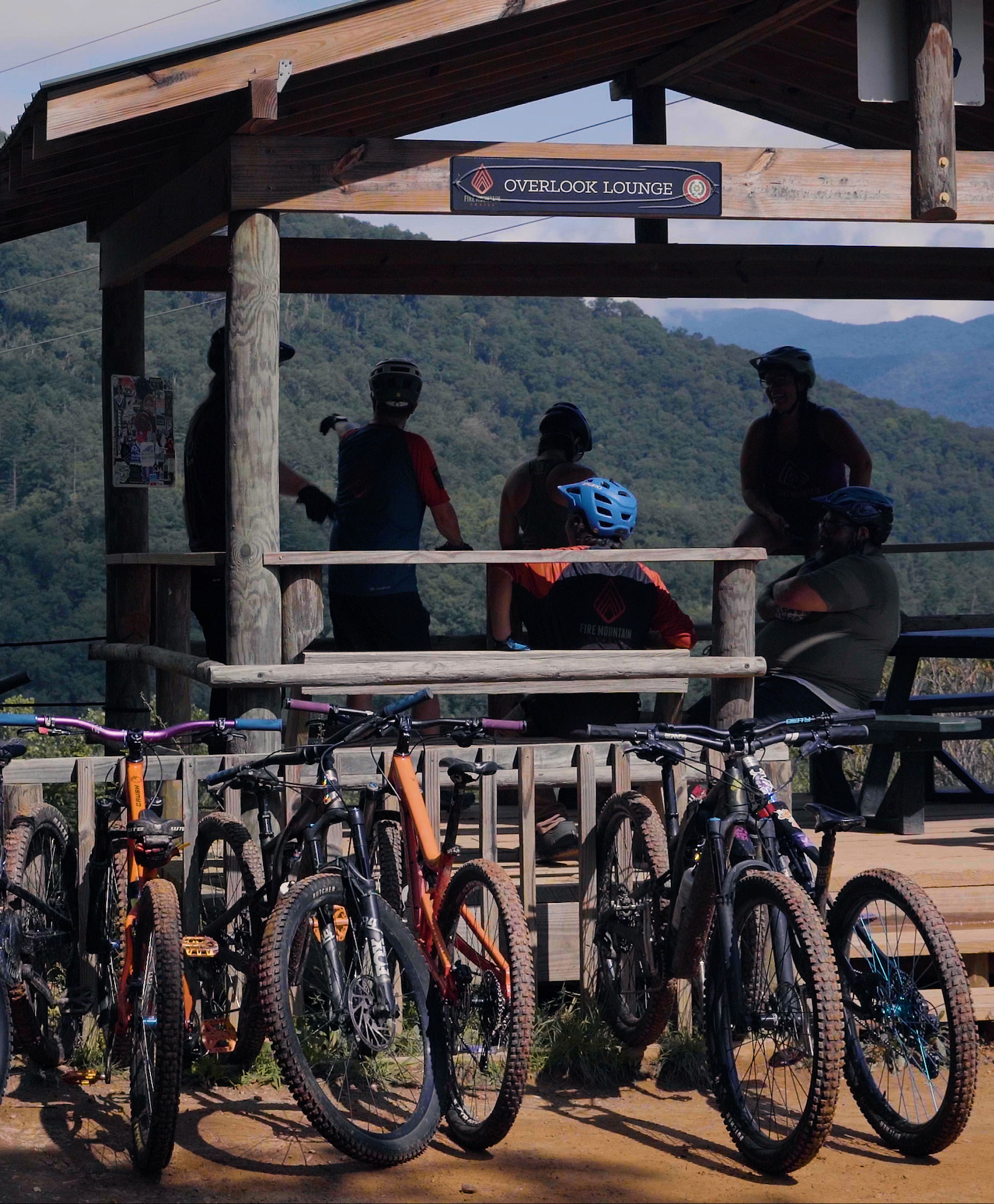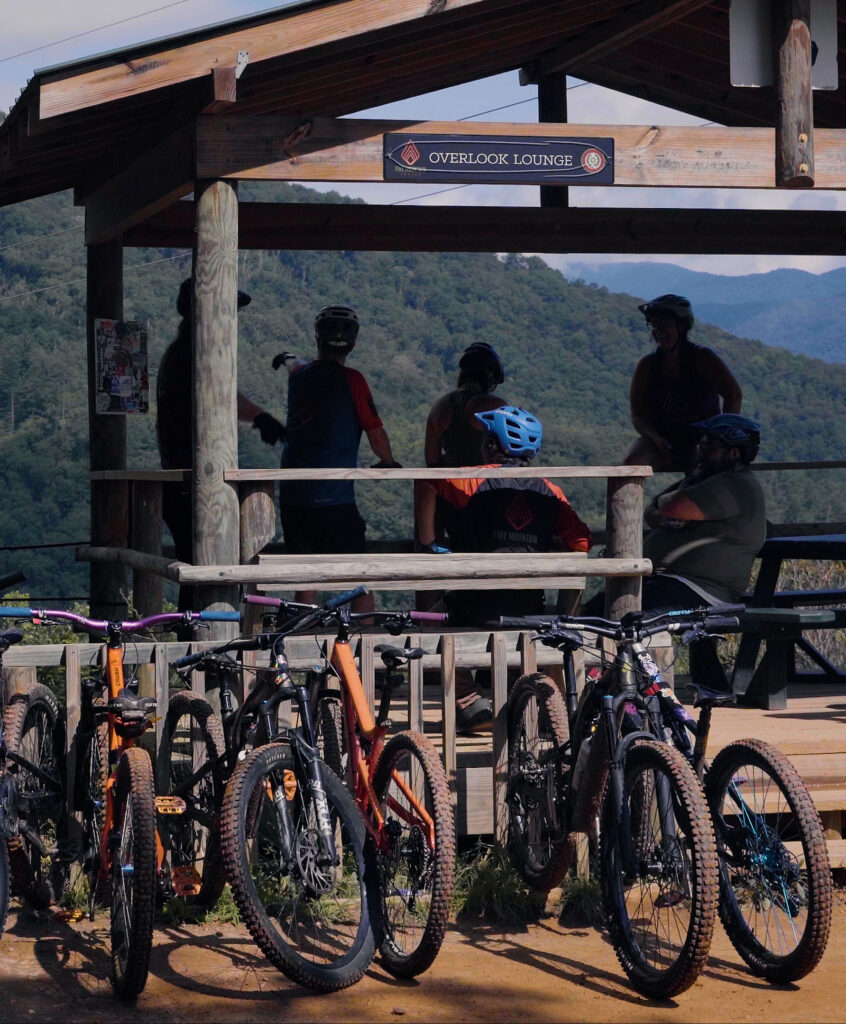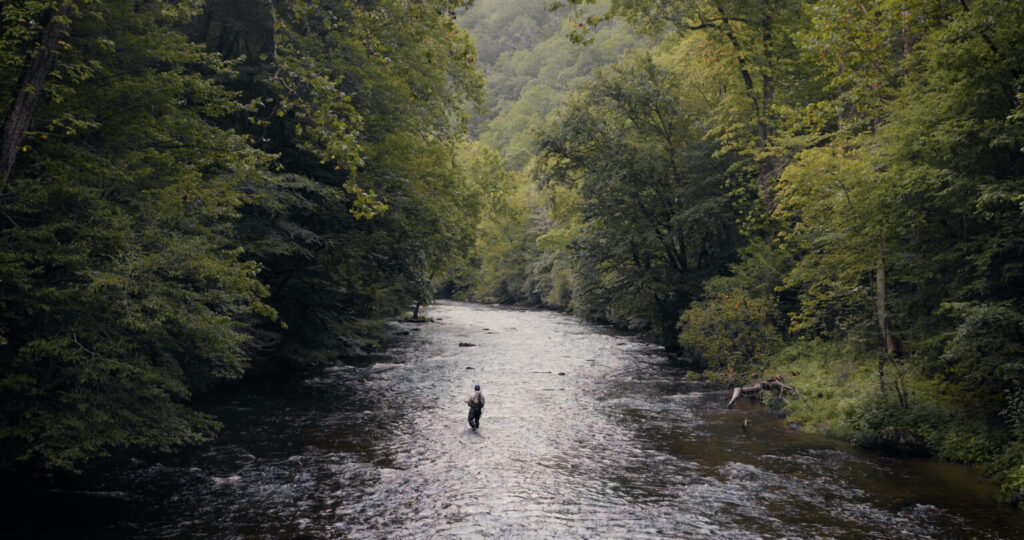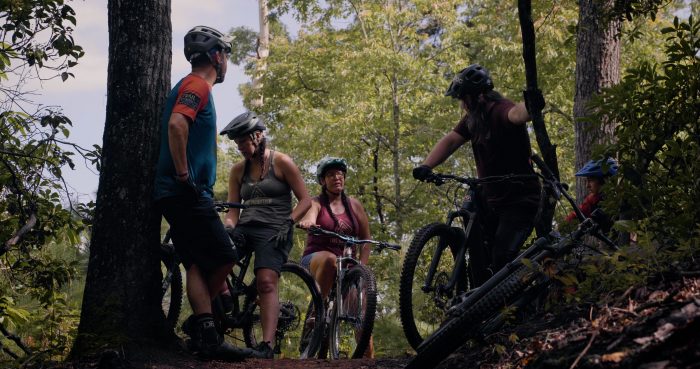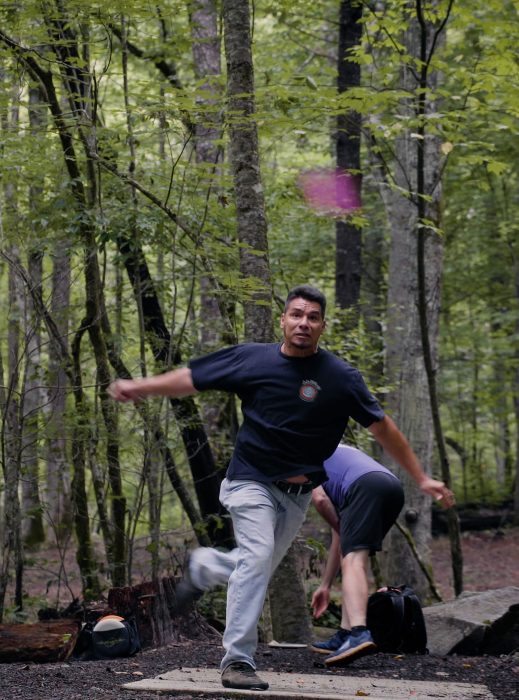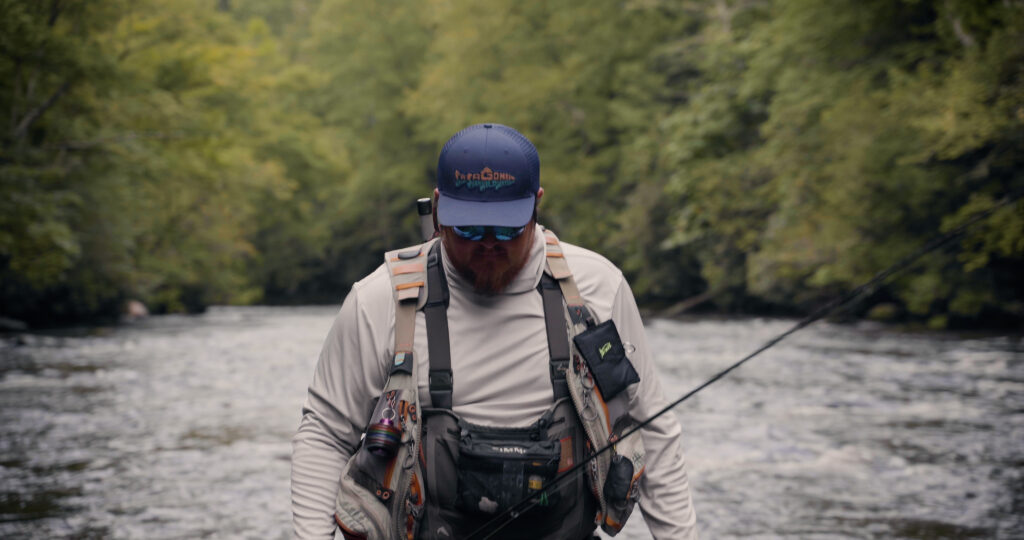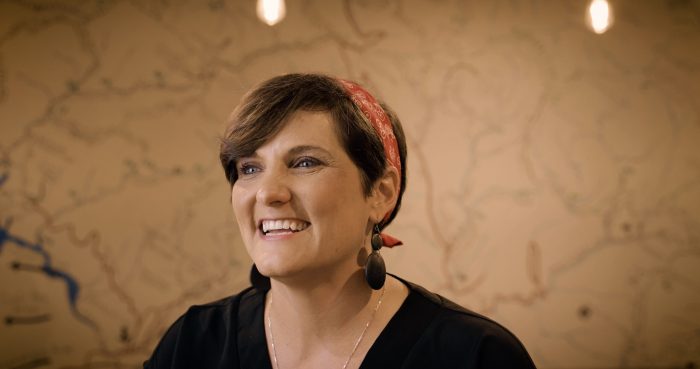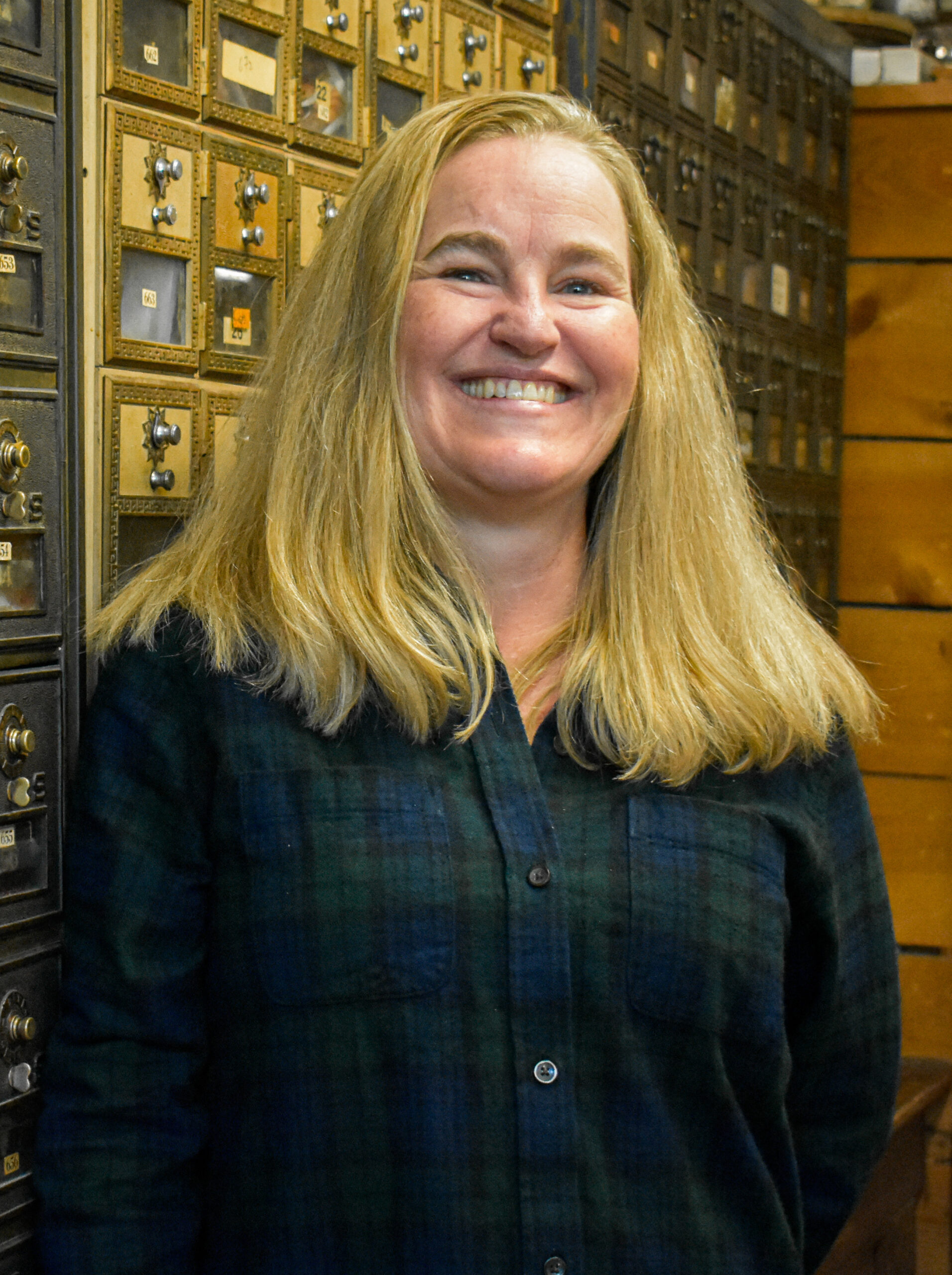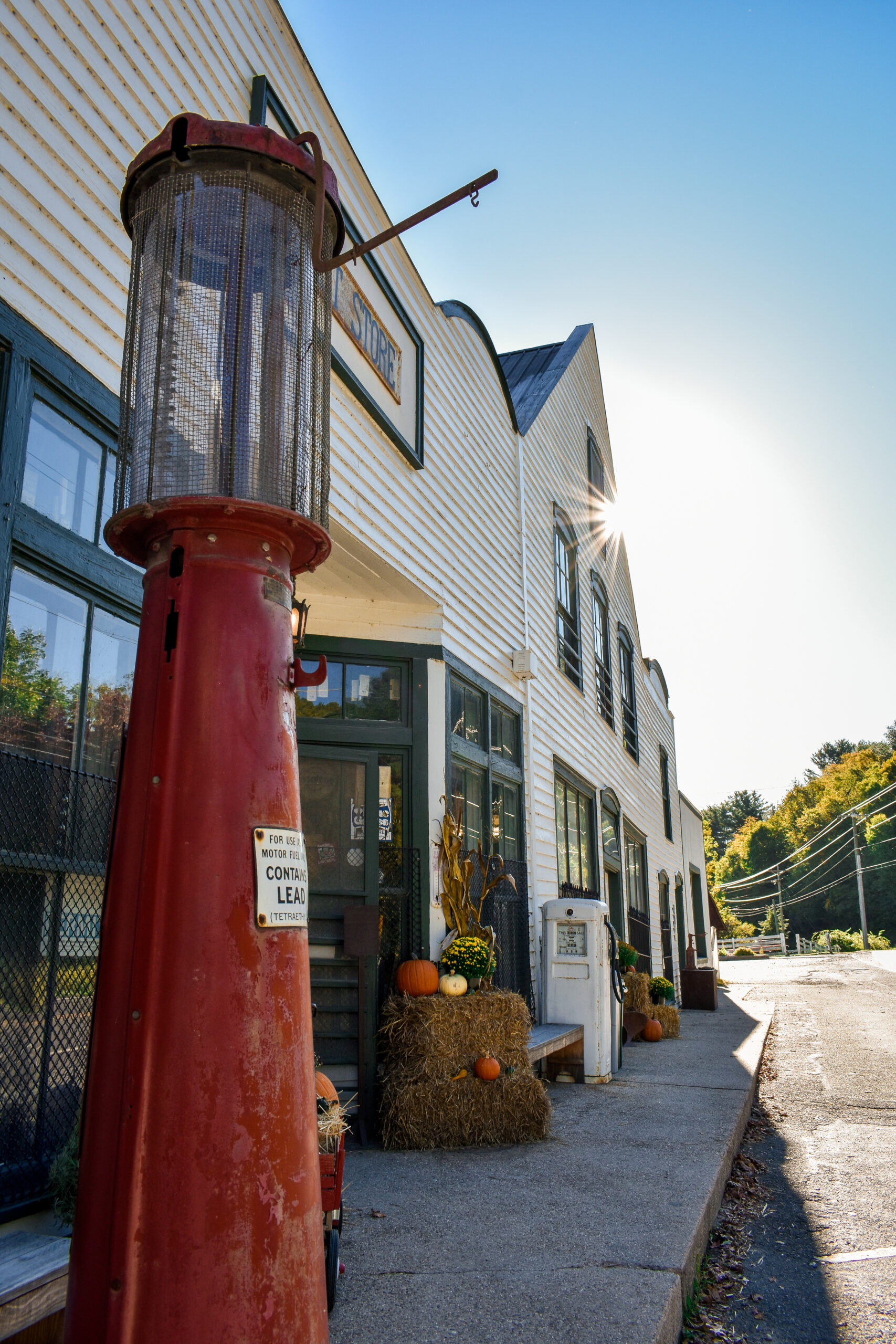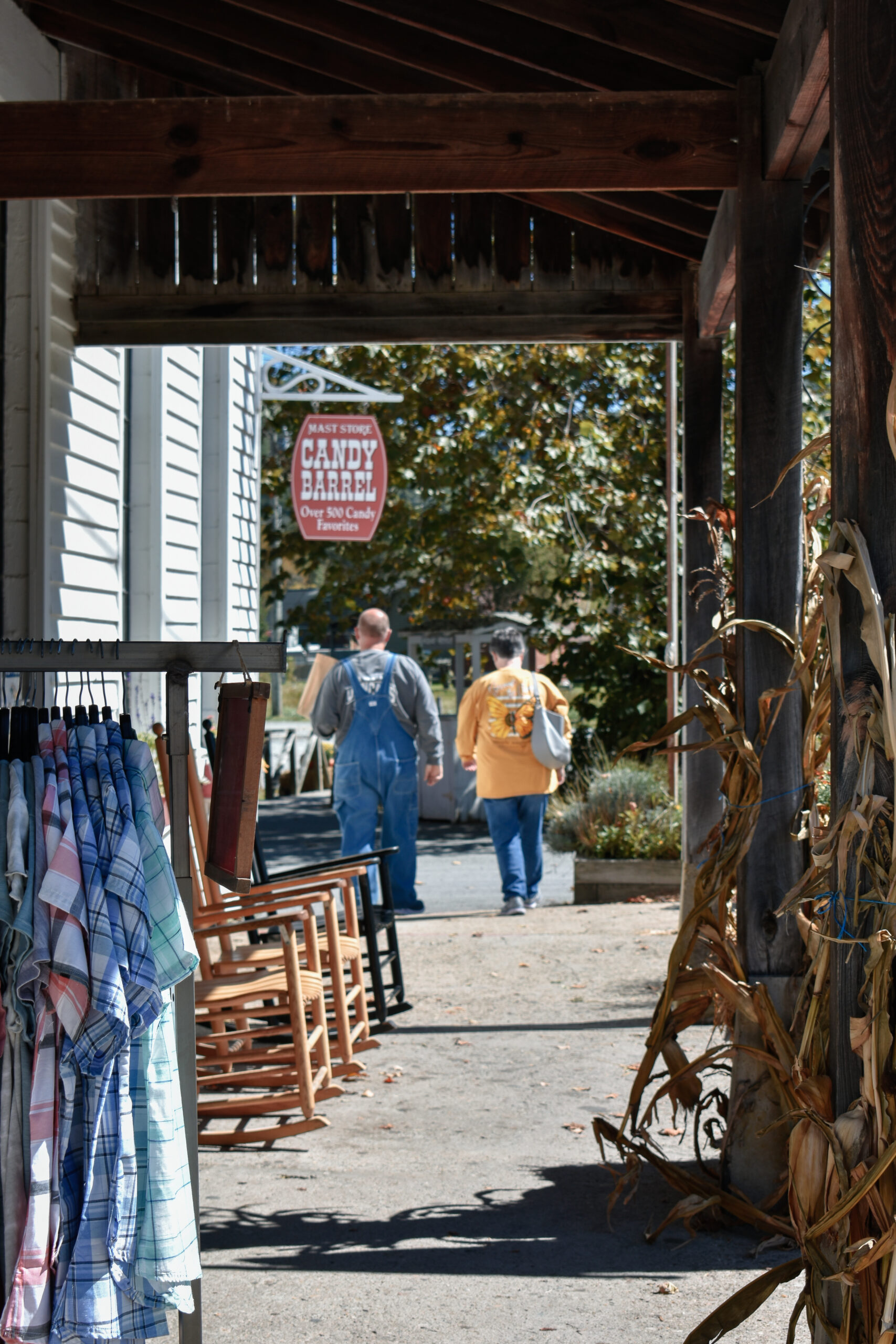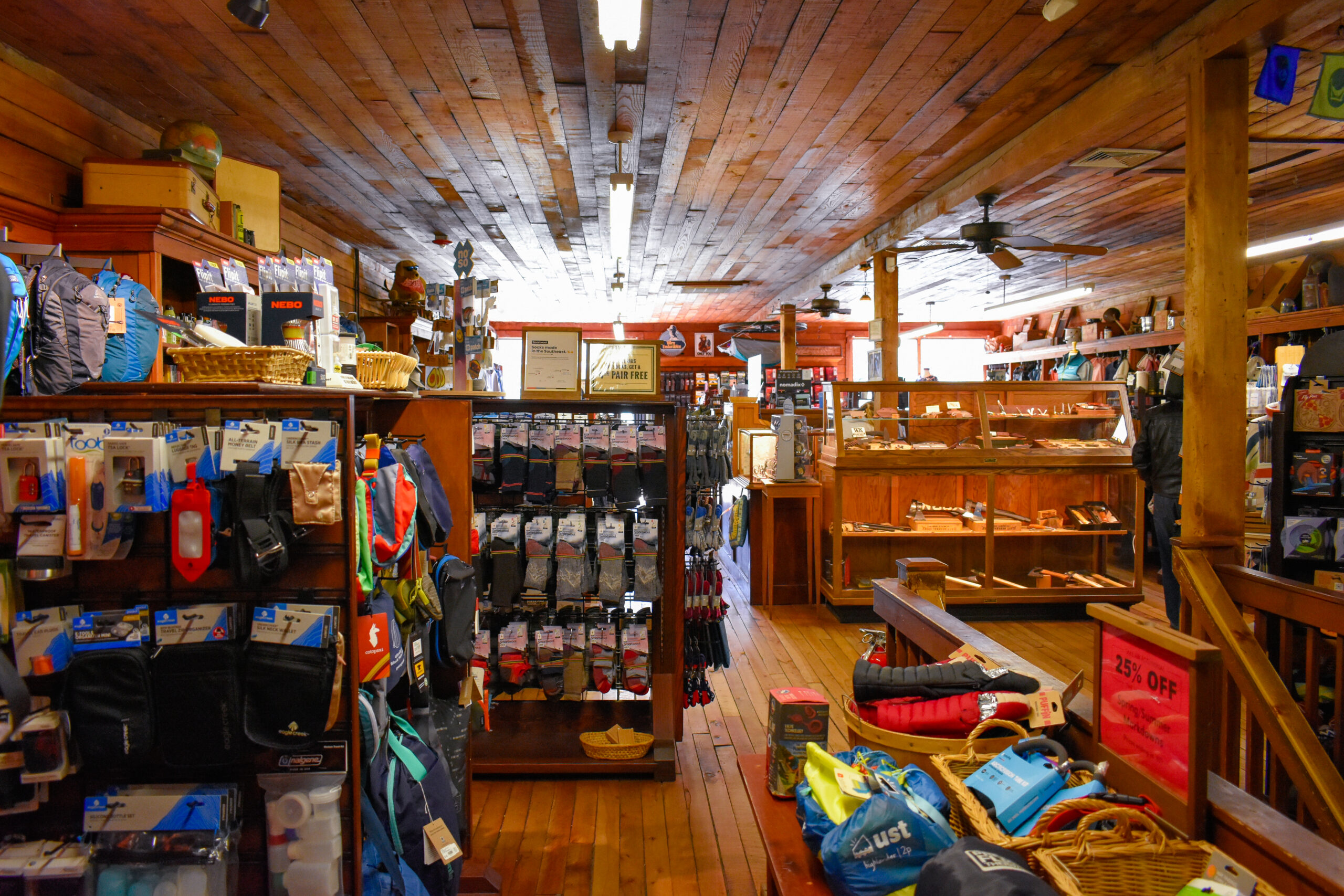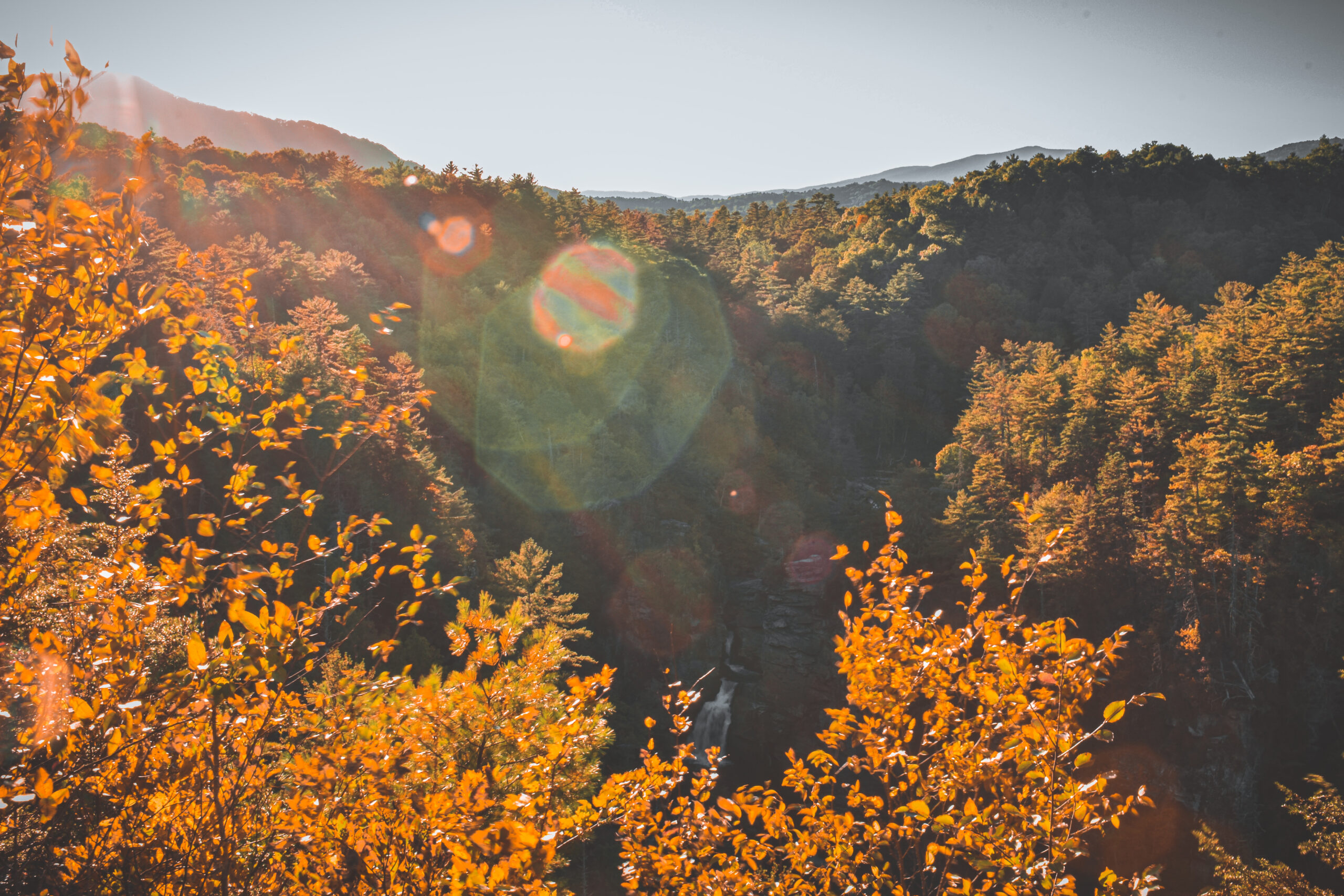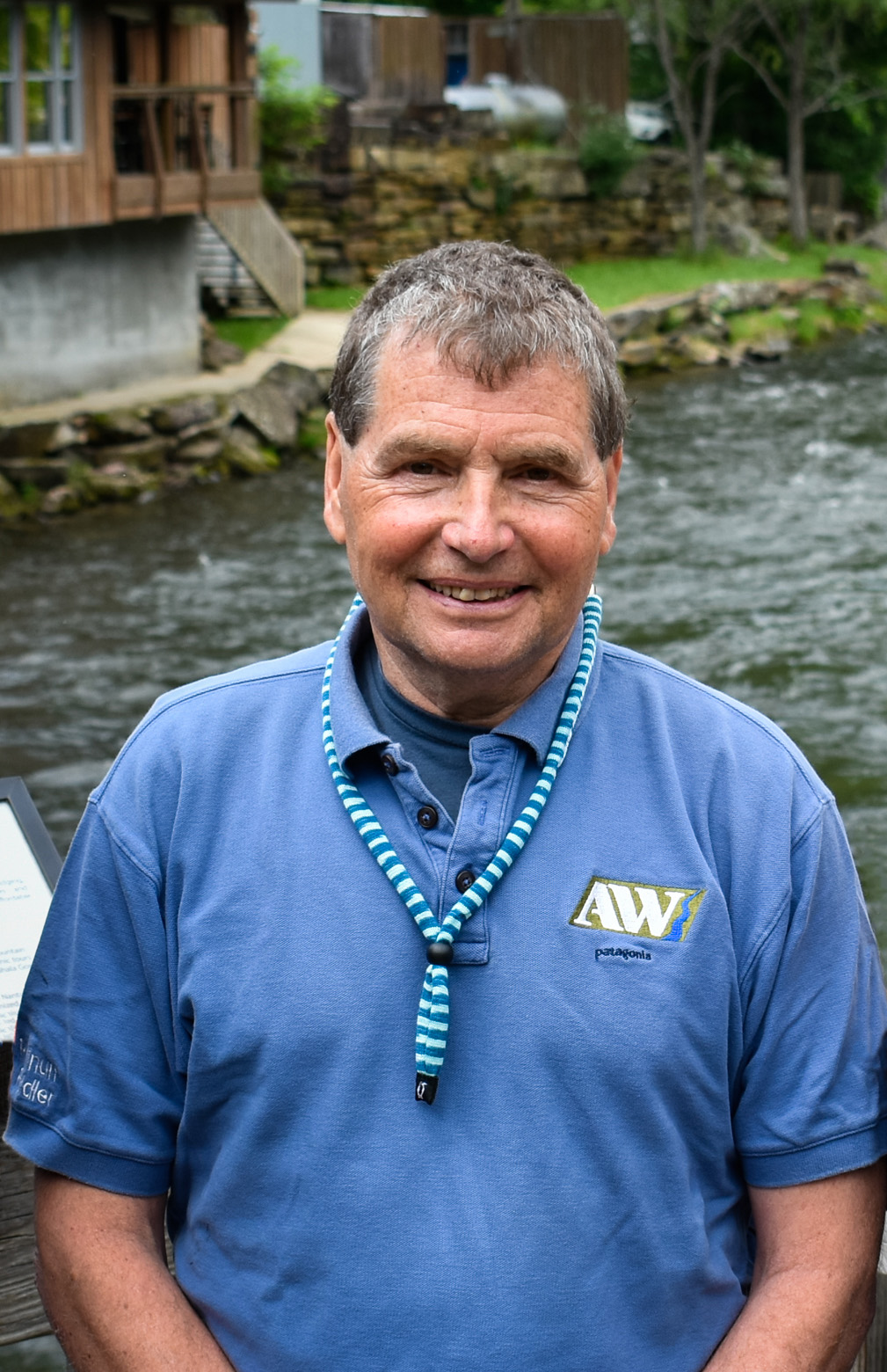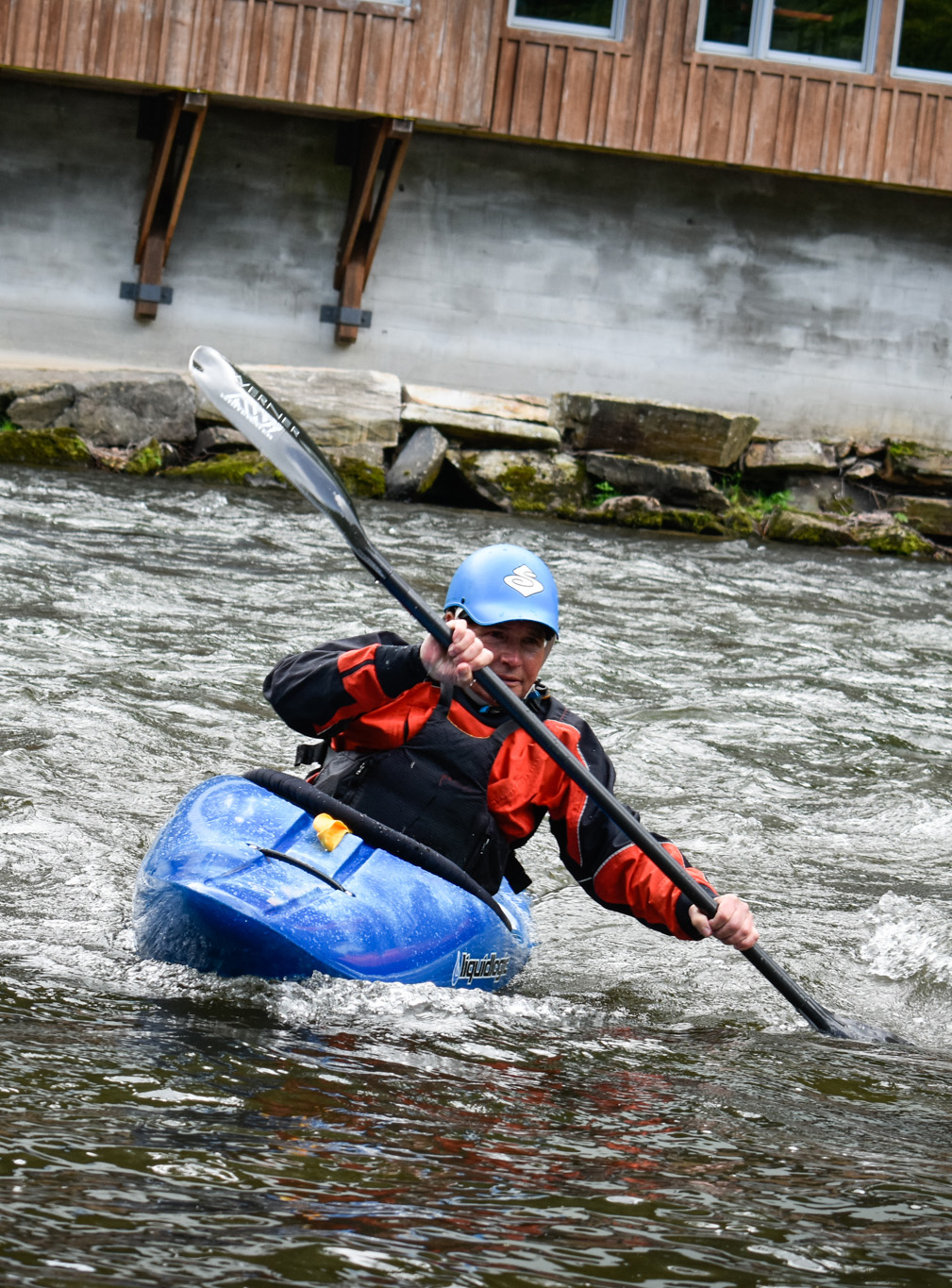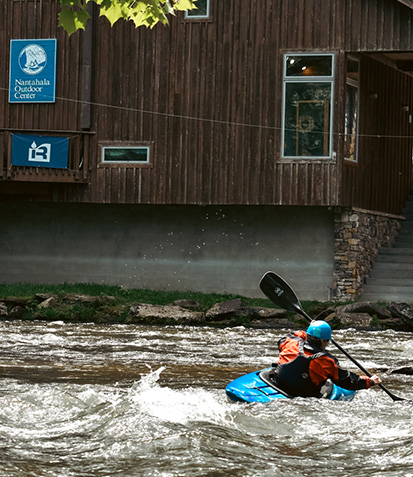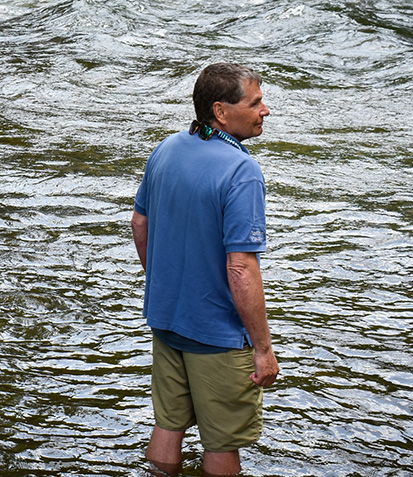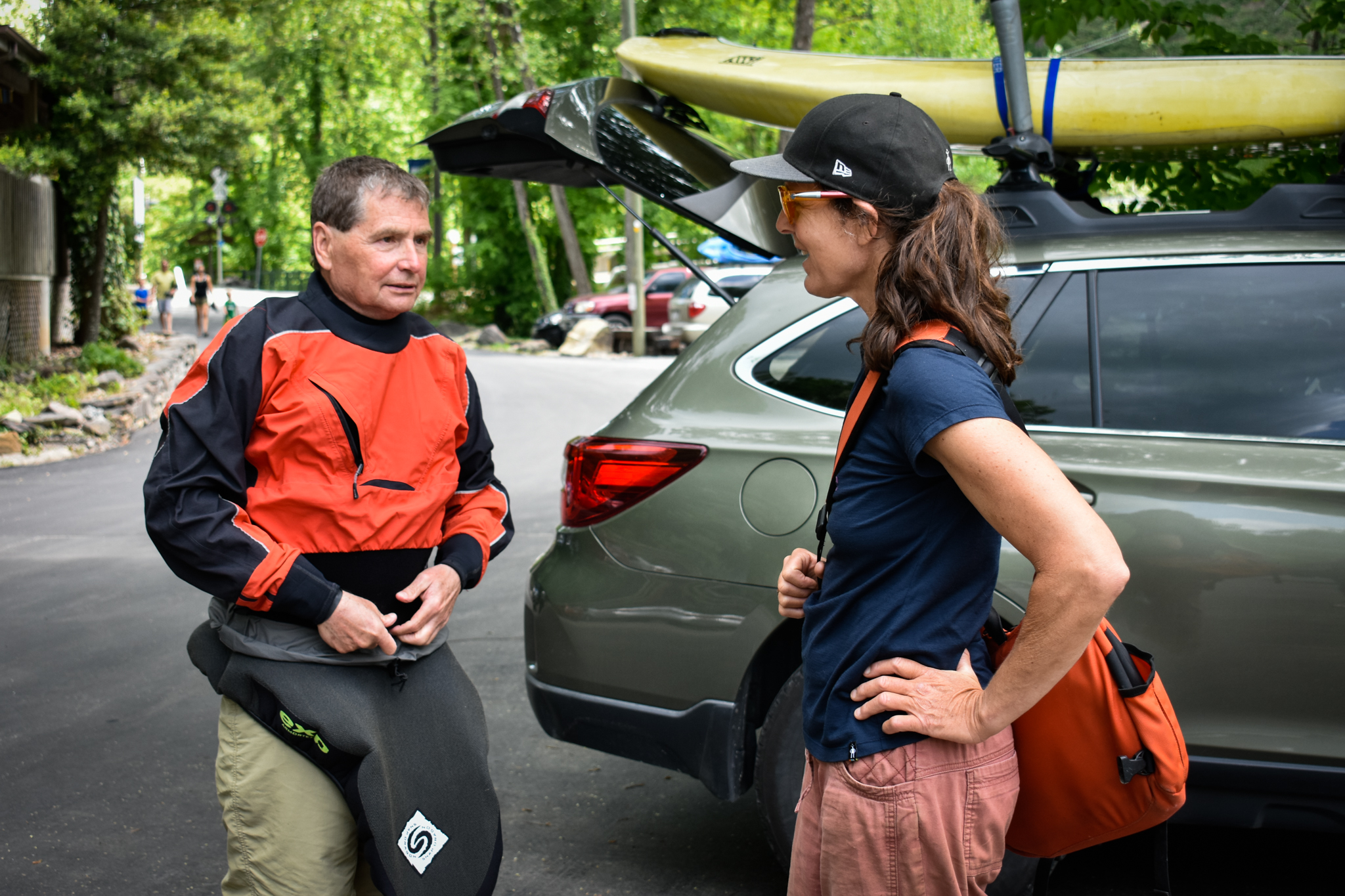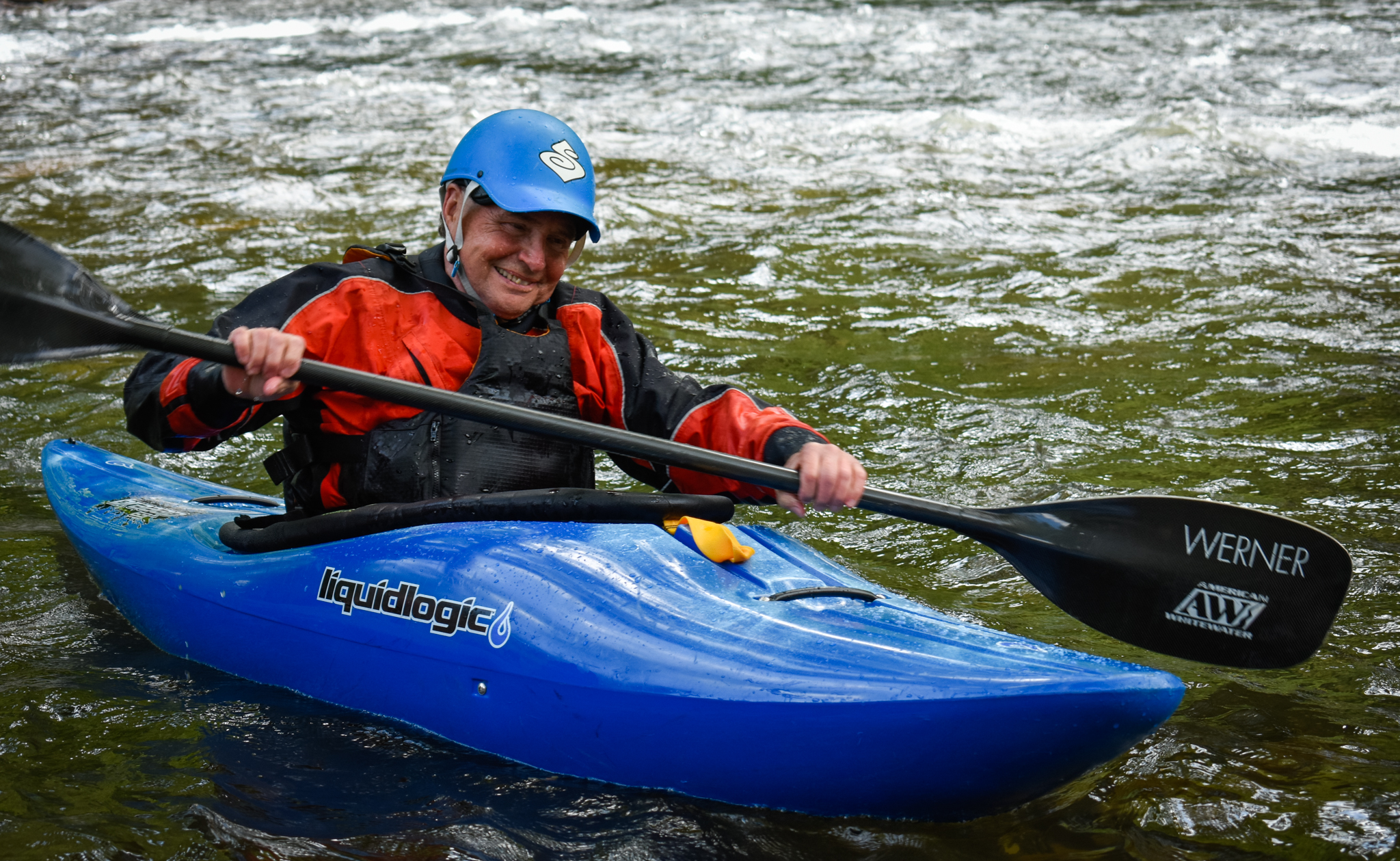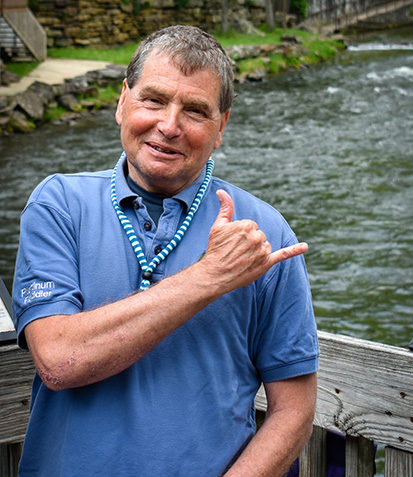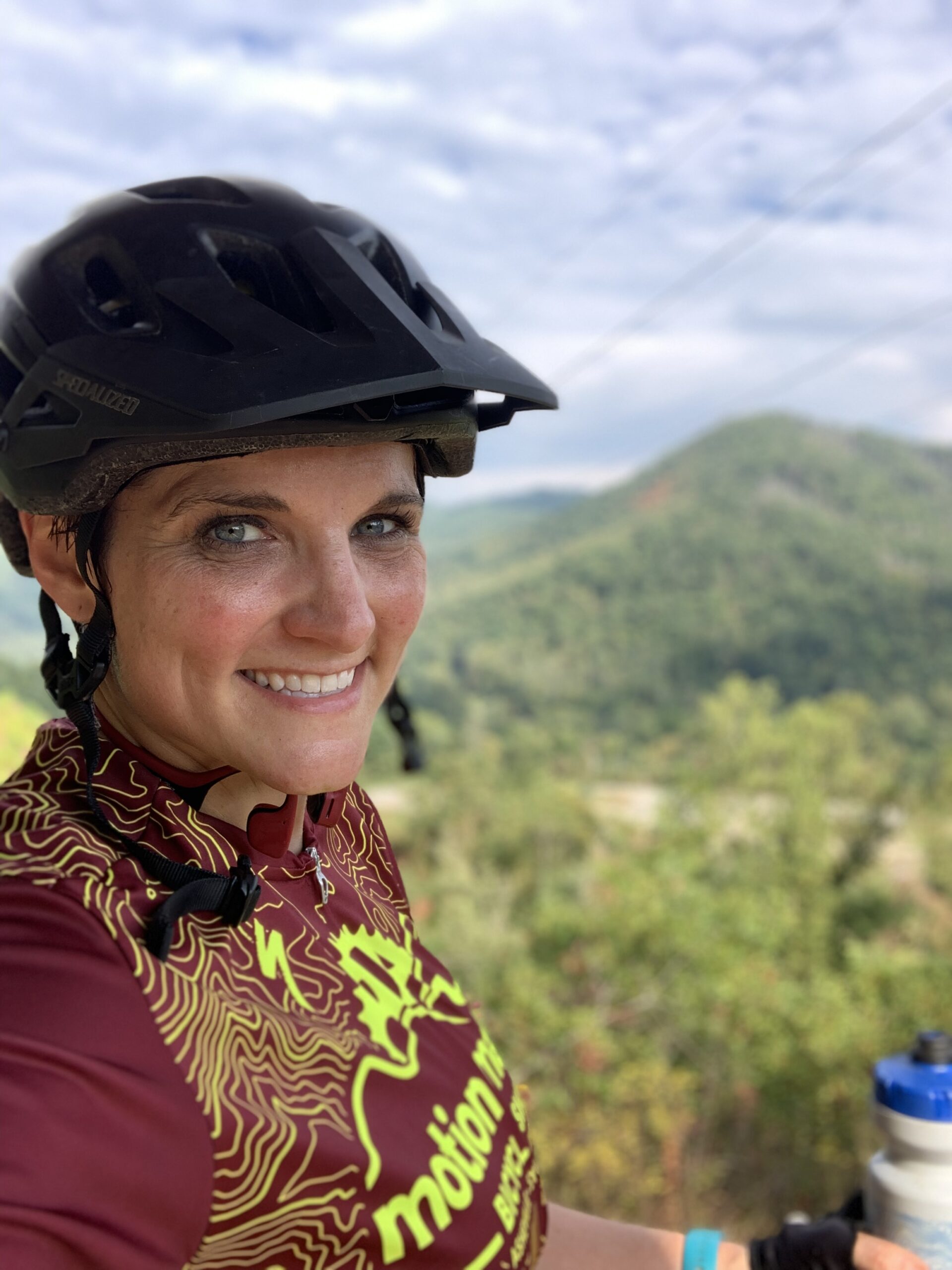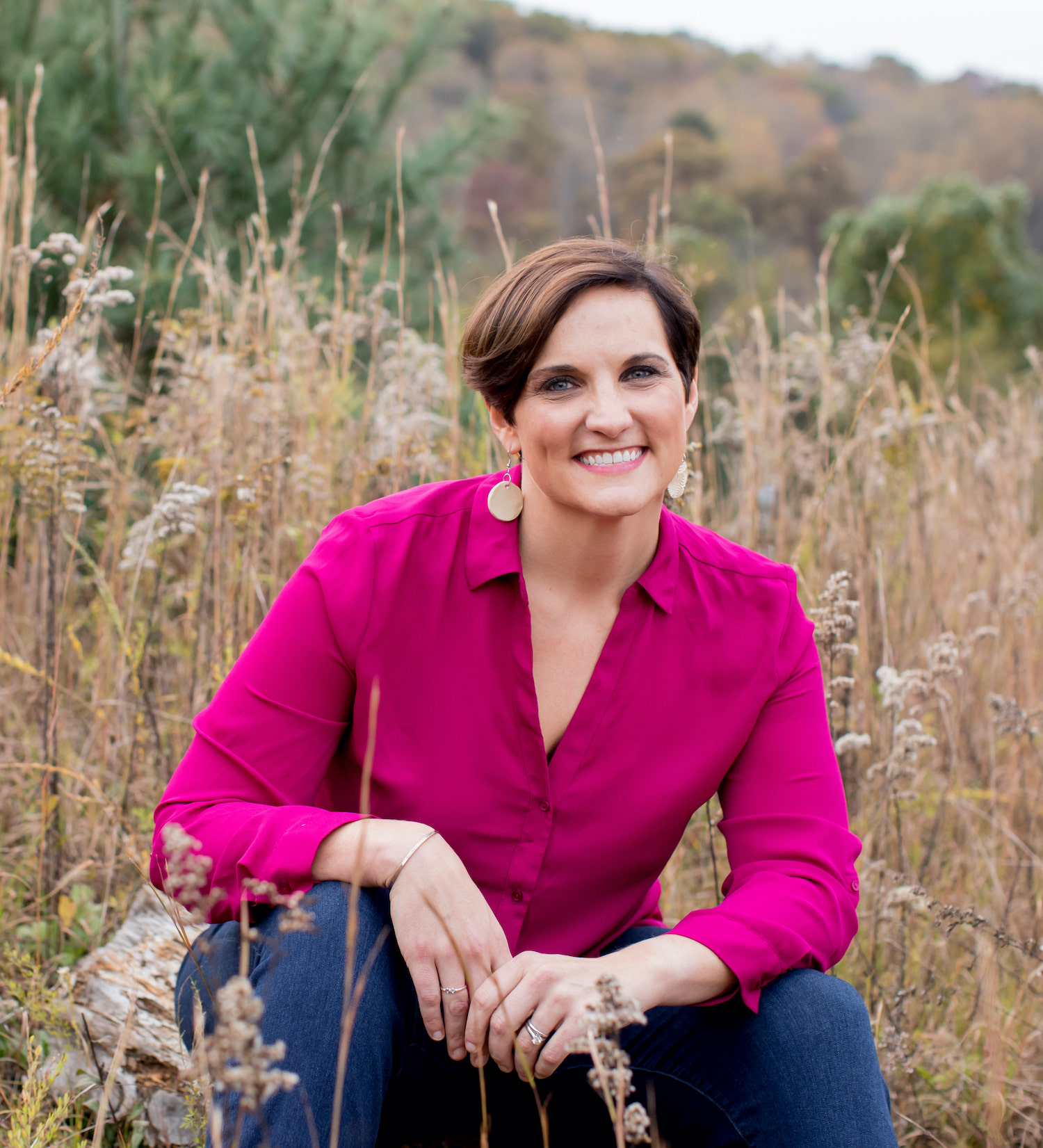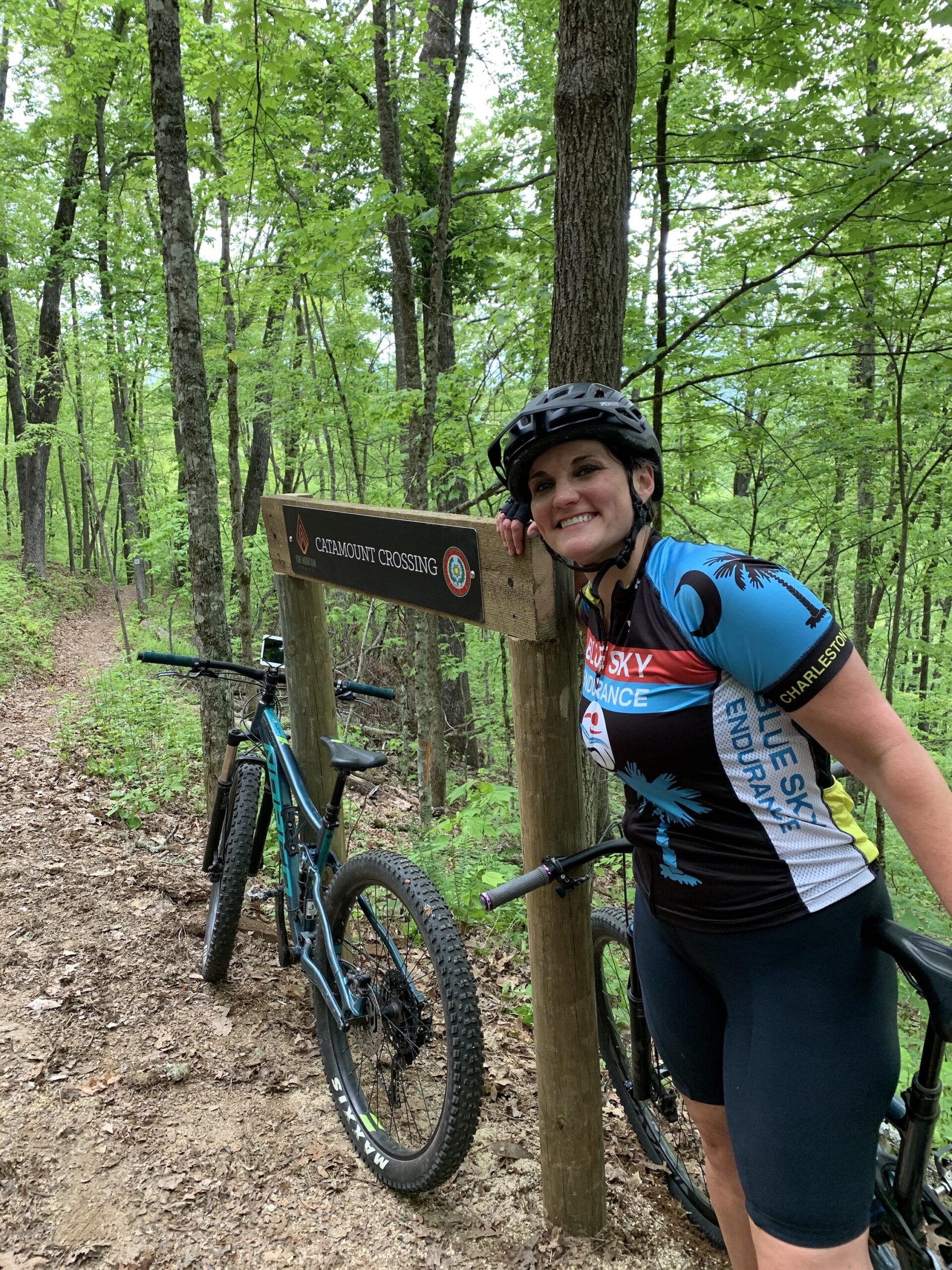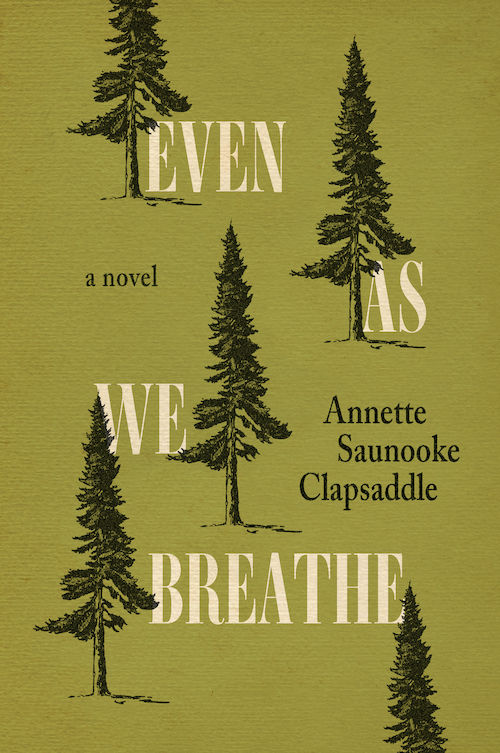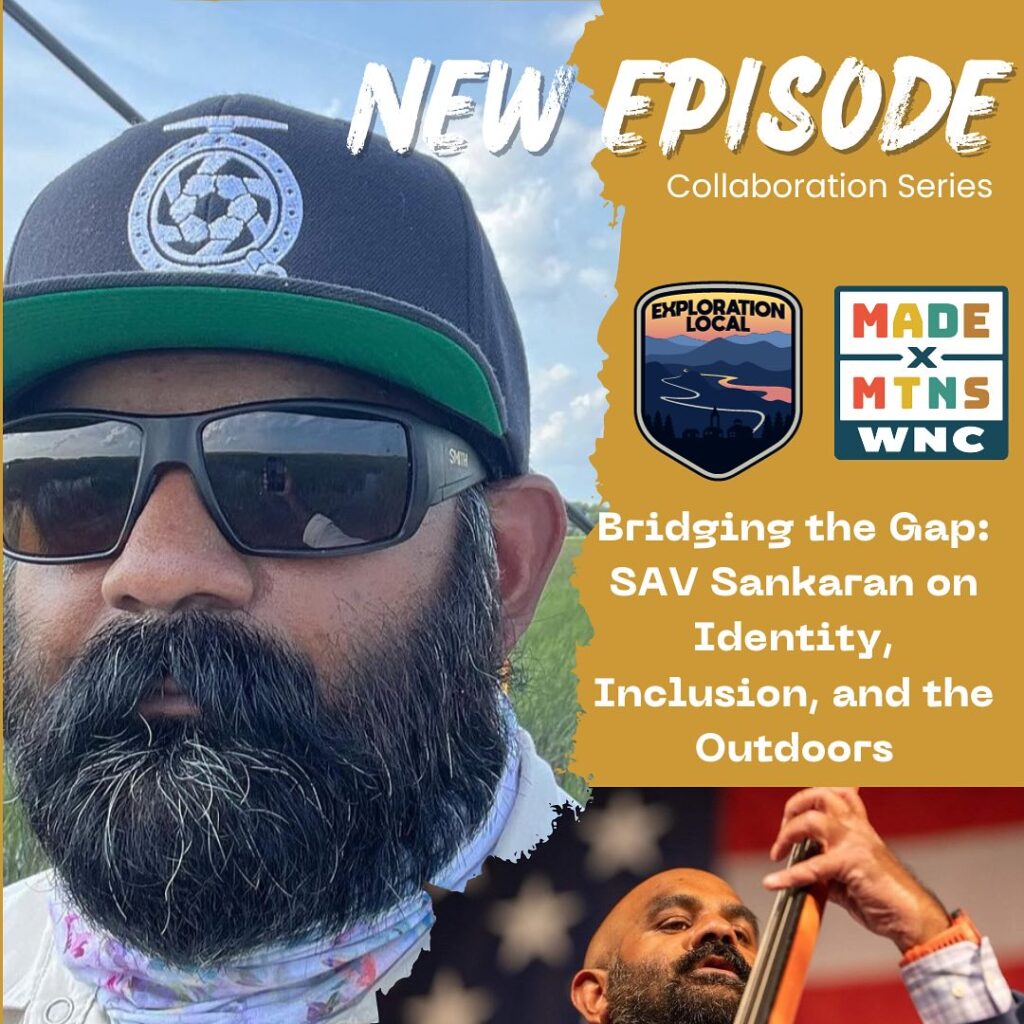
Sav Sankaran
From his humble beginnings with a weekend job at Orvis, Sav has gone on to join the corporate landscape at Orvis in his current pivotal role as Inclusion and Engagement Business Partner. His experiences navigating the outdoor industry as a person of color have informed his unique approach to fostering belonging.
In this episode, walk through Sav’s personal journey in the outdoors, and he reflects on how his passion for fly fishing helped unlock his identity, and helped give him a sense of community as a young boy growing up in Pennsylvania’s Central Appalachia.
Sav discusses the importance of fostering a sense of belonging for the underrepresented in the outdoors, and he draws on his personal journey to help contextualize an equitable and inclusive workplace. Sav and Mike talk about a shared belief in treating people like human beings with dignity and kindness, and he urges us to not get caught up in the trappings of misunderstanding and over politicization. Based on decades of first hand experiences, the outdoors creates spaces where people from all walks of life, beliefs and backgrounds can come together to experience nature’s beauty together.
